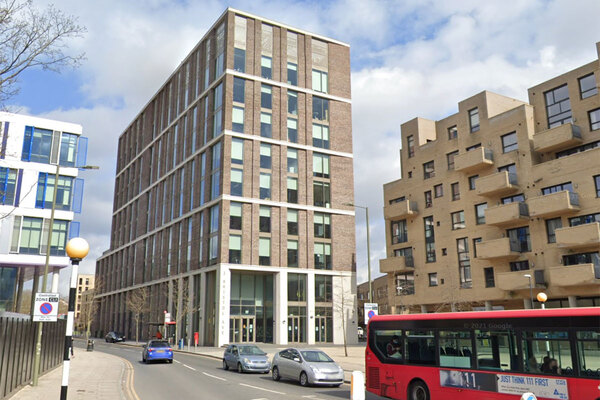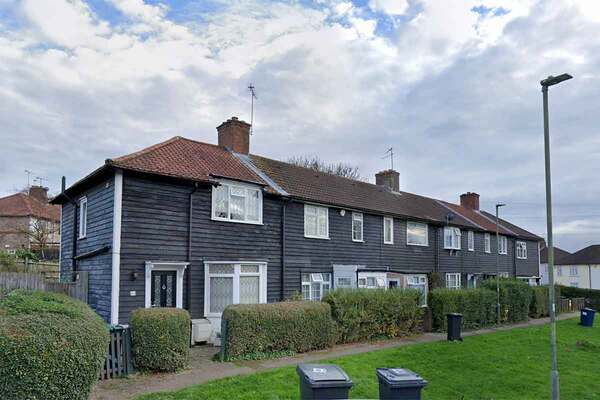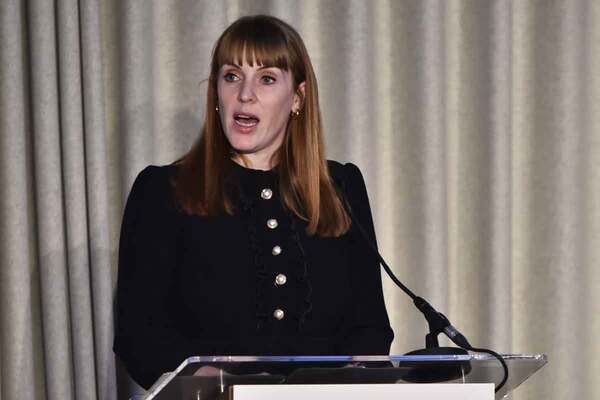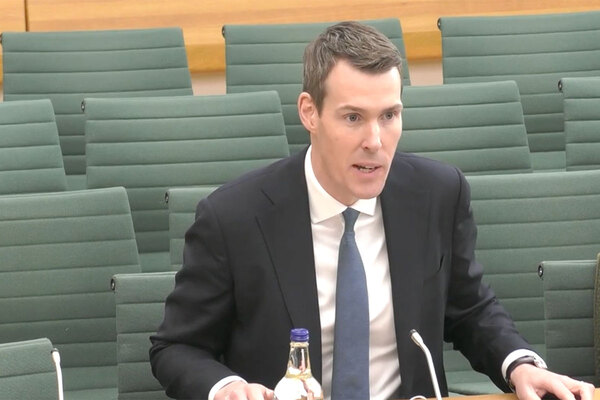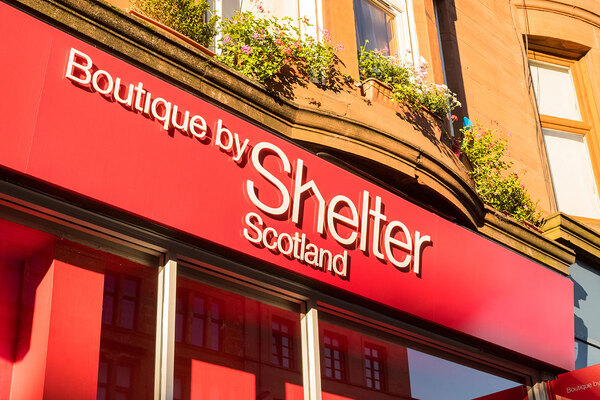You are viewing 1 of your 1 free articles
Residents demand more clarity after £13m cladding bill from Barnet Council
The battle over a £13m cladding replacement programme in north London has intensified after residents demanded that the council carries out more fire tests.

Homeowners who have been hit with estimated repair bills of between £14,000 and £23,000 told Inside Housing that “further clarification was needed” to show that the council’s actions were “supported by evidence”.
Barnet Council announced that it would replace cladding on 586 terraced homes in March after a serious house fire in West Finchley in summer 2023 that spread across four homes.
Most of the affected homes are privately owned, having been sold under the Right to Buy scheme.
The council set aside £13m to pay upfront for repairs on the freehold properties but said that homeowners “will ultimately be responsible for their costs”.
It has offered loan and repayment plans to 426 freeholders and seven leaseholders for the fixes.
All the homes are low-rise, meaning they do not qualify for government support under the Building Safety Act. They are timber-framed and some have their original timber cladding, while others have plastic uPVC cladding installed in the 1980s.
But the homeowners said they feared that the council “may have assumed the same risk” between the uPVC cladding, which was on the houses that caught fire, and their own timber-clad homes.
The Barnet residents response group told Inside Housing: “We feel that further clarification is needed to clearly show that this action is supported by evidence. Residents would welcome the chance to review any additional information Barnet may have that hasn’t yet been shared.
“However, our homes are timber-clad, not uPVC, and we believe Barnet may have assumed the same risk between these different materials. Additional testing is necessary to determine if timber reacts in the same way as uPVC.
“As homeowners, we should be included in the process and consulted, especially since we are being asked to bear the cost.”
The council’s decision to embark on the repairs programme rests on a report into the 2023 Finchley fire by building consultancy Capital, which found that uPVC cladding on the homes allowed the fire to spread quickly to neighbouring properties.
However, one of the homeowners commissioned an independent report into the fire by retired fire consultant David Tucker, who worked for the precursor of the Building Research Establishment and spent 40 years investigating fires.
The report, published in July, said that no fire tests were carried out on the cladding before the council embarked on its repairs programme.
“Given the extent of the remedial work that house owners might be required to carry out, and the cost and disruption involved, I consider it unfortunate that no fire tests, ad hoc or otherwise, seem to have been carried out to gain information as to the actual hazard presented by the cladding,” Mr Tucker wrote.
“Since the damaged terrace was to be demolished, it would have been possible to have removed cladding for tests, or even carried out ad hoc ignition tests in situ. Instead, the view that the cladding presented a serious risk to health and safety relies more on supposition than hard evidence.”
In response, a spokesperson for Barnet Council said: “The council accepts the findings of the Capital report, which states that uninterrupted uPVC cladding was a key element in the rapid spread of the fire across the housing units.
“Testing on cladding that remained on the buildings was not required due to existing knowledge available on PVC-u products.
“Supporting evidence can be found in RICS ‘cladding for surveyors’, which categorises PVC cladding boards as high risk (which was included in the original report as an appendix).”
The council said it also believes that “the areas of risk identified in the Capital report have been based on official guidance, not supposition”.
Sign up for our fire safety newsletter
Already have an account? Click here to manage your newsletters
